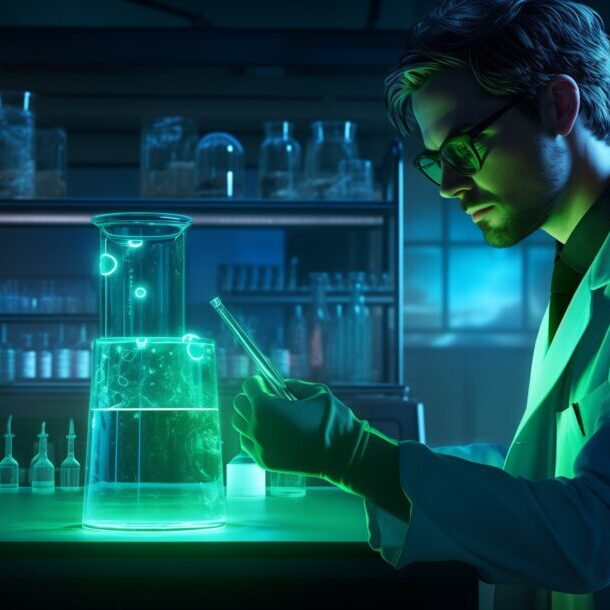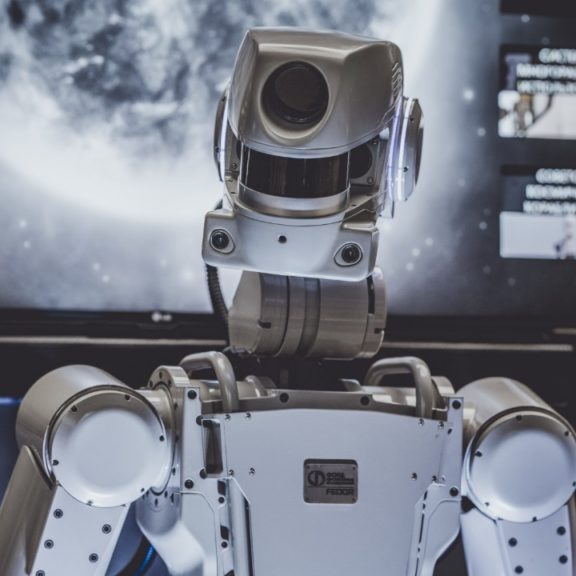The universe — stars, planets, galaxies, the sun, etc. — is made up of protons, neutrons and electrons, all bundled together into atoms called baryonic matter. Less than 5% of the mass of the universe is baryonic matter. The rest is dark energy and dark matter.
A New Discovery
Stars are held into orbit by gravity, flying along circular paths. According to Isaac Newton, the force propelling a star in a circular path should equal the force of gravity on the star. Otherwise, the star would fly off into space or drop to the center of the galaxy.
In 1932, Jan Oort, a Dutch astronomer, was the first to discover something amiss with the orbital speed of stars. He claimed they moved too quickly compared to the mass of the Milky Way. Later, using Newton’s equation, Vera Rubin and Kent Ford discovered Oort was right — stars at the edges of galaxies were traveling faster than predicted.
It’s commonly accepted among the scientific community that gravity will slow the expansion of the universe over time. There were two theories — the universe would either expand forever or eventually stop its expansion and recollapse. In 1998, however, the Hubble Space Telescope’s observations of distant supernovae proved the expansion of the universe has been accelerating, not slowing down.
Such discrepancies require explanation. Several theories have been developed over time, including an issue with Einstein’s theory of gravity and a strange energy-fluid that supposedly fills space. The solution to the problem, still not understood, is dark matter.
What is Dark Matter?

Scientists don’t know a lot about dark matter, because it’s never been observed or proven. It’s estimated roughly 25% of the universe is composed of dark matter. Yet it doesn’t interact with baryonic matter and is entirely invisible to light and electromagnetic radiation. While still a hypothesis, experts believe it must exist due to its gravitational effects on galaxies.
Dark matter has no electromagnetic charge, as far as we know. It doesn’t even need to consist of atoms, as it can be any material that interacts with gravity in the same way matter does, though it’s made up of something else entirely. Experts believe dark matter is likely made of exotic particles like axions or WIMPS (Weakly Interacting Massive Particles).
Dark matter impacts the stars in our galaxy, as well as the motion of galaxies in clusters. The most convincing sign of dark matter is our own existence. Experts say that because dark matter carries five times the mass of ordinary matter, it is critical to the evolution of the universe, including the emergence of stars, planets and life.
Is Dark Matter Real?
Since we can’t detect dark matter, we can’t say for sure that it’s real — but all the evidence seems to point to its existence. So far, no one understands how dark matter appeared or how it affects the universe. Scientists believe that once researched further, we’ll be able to discover the underlying fundamentals.
Some believe that to understand dark matter, we have to modify our theories of gravity substantially. The idea states there are multiple forms of gravity, including large-scale gravity that governs galaxies different from our own.
Many scientific groups are working to generate dark matter particles in the lab for further study. Others are attempting to design next-generation equipment able to detect the mysterious matter.
The race is on across the scientific community to learn more about this natural phenomenon — including how it works and what it means for our universe. While still a hypothesis, the existence of dark matter is well-documented and accepted. The next step, already in the works, is to discover how we can use specialized equipment to observe this type of matter.
The little we know about dark matter is yet another reminder of the vastness of space, the importance of exploration and study, and how much more there is to discover in our universe.
Recent Stories
Follow Us On
Get the latest tech stories and news in seconds!
Sign up for our newsletter below to receive updates about technology trends














